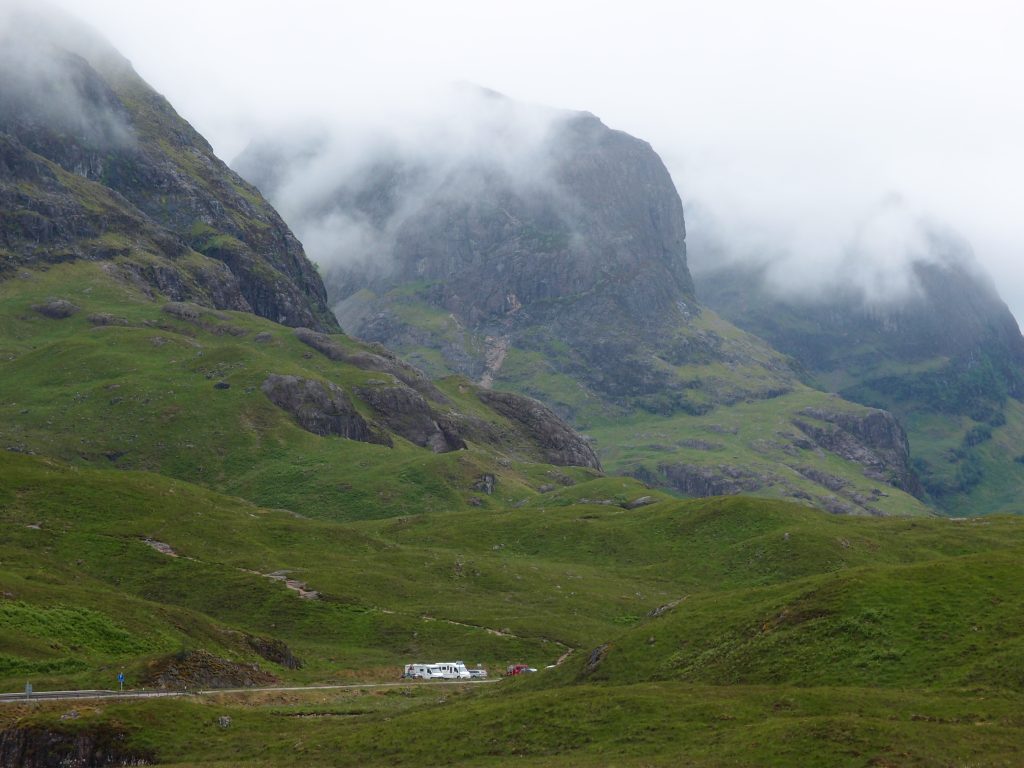The Massacre of Glencoe: 330 Years On
This is Glencoe. Wild, unforgiving, and beautiful.

330 years ago today, Clan MacDonald of Glencoe were asleep in their homes, having taken in around 128 men from the Earl of Argyll’s Regiment of Foot, commanded by Robert Campbell of Glenlyon under Archibald Campbell, 10th Earl and 1st Duke of Argyll. For the MacDonalds, this was not only their traditional obligation of hospitality but was a common substitute for regular taxation, which was hard to enforce and less convenient for government troops than guaranteed hospitality around these remote areas. Betraying this hospitality, the government troops arose early and slaughtered at least 38 of their hosts, including women and children.
Why did this happen? Was it only a product of clan rivalry in the wild and remote Highlands? Tradition blames the Campbells, who were very well represented among the government troops and had spent much of the previous centuries menacing, invading, and coercing around the region. They were also disgruntled neighbours of the MacDonalds, who were notorious cattle rustlers given the harsh conditions for farming in Glencoe.
The oath
In 1692, fears of another Jacobite rebellion were receding. Banished King James had failed to retake the throne in 1689, and the 1715 rebellion was barely a thought, even for the most ardent supporters. The new King William of Orange required the clans to swear their loyalty, and with no hope of mounting an invasion even King James gave permission for his supporters to take the oath.
The deadline was 31 December 1691. The message that they were to proceed to take the oath only reached the Glencoe MacDonalds on 30 December, perhaps as a result of intraclan tension between Catholic MacDonalds and the Glencoe Episcopalians – but letters between government and military leaders show that well before the deadline there were discussions about making an example of this group.
The MacDonald chief, Alasdair MacIain, walked through a particularly harsh winter to reach Fort William, where he was told he had to go to Inveraray, 70 miles in the opposite direction. Despite the snowdrifts, he walked on and took the oath on 6 January 1692. MacDonald of Glencoe was the only clan not given indemnity for late oath-taking. Clans continued to turn up late to swear the oath until the week prior to the massacre!
In myth and history
To Victorian historians, the massacre symbolised the Wild Highlands of remote and romantic history, while their sentiments were firmly pro-Union and pro-Empire – so this unpleasant incident was recast as a product of lawlessness and clan feuding rather than a calculated state-sanctioned reprisal. Thus it has remained in the consciousness of popular lore – the vengeful act of the Campbells against their clan rivals.
The truth, as always in Scottish history, is more complicated and interesting. But if you’re a Campbell, and you find yourself in Glencoe… maybe keep that to yourself.
